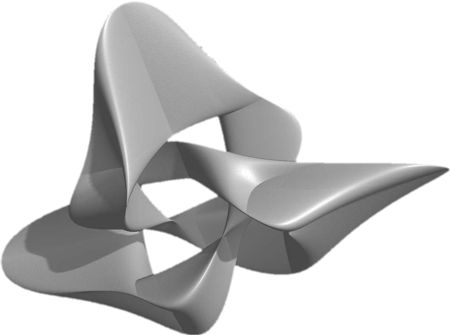
What Exists but Isn’t Real?
Let’s play a little thought game:
What exists… but isn’t real?
No, this isn’t a riddle or a philosophical trap. It’s math. But stay with me—this is going somewhere deeply human.
You see, long ago, early mathematicians were doing their diligent thing: solving equations, building bridges (both physical and intellectual), and stretching the edges of logic. But then they stumbled into a strange wall—a question that had no real solution. Literally.
What is the square root of -1?
They tried every number they had. Every number on every ruler. Nothing worked.
Why? Because no real number squared gives a negative result.
But math, being the language of logic, hates dead ends. So what did the ancients do? They invented a new number. A mysterious, untouchable, but oh-so-useful number. They called it i—the imaginary unit. Defined simply as:
i² = -1
Wild, right? A number that doesn’t show up on the number line. You can’t count it, weigh it, or measure it. It’s nowhere on your ruler. But it’s everywhere in science.
It’s part of complex numbers (which combine real and imaginary parts like 3 + 2i), and these numbers are the backbone of some of the most essential formulas in physics and engineering.
“Only by abandoning math’s connection to reality could we discover reality’s true nature.”
Where does i show up in the real world?
- Wave functions in quantum mechanics: Schrödinger’s famous equation uses i to describe the invisible quantum behavior of particles. That mysterious, wavelike, almost-spiritual behavior of matter itself? Yeah. That’s i.
- Electrical engineering: Alternating current (AC) circuits rely on imaginary numbers to model how voltage and current oscillate.
- Signal processing: Imaginary numbers are used in Fourier Transforms, helping you stream music, compress images, and process data.
So—imaginary, yes. But fake? Not even close.
Not real, but undeniably existent.
Now let’s take a leap from the chalkboard to the soul.
Imagine you’re facing a life equation that feels unsolvable. Suffering. Death. Love. The yearning to matter. The ache of injustice.
What’s the human square root of the negative one?
Across cultures and history, people found that the real-world variables didn’t always give real answers. So they created a new symbol. A figure. An idea to help complete the mental equation.
Not necessarily to “explain away” everything, but to act like i—a symbolic unit powerful enough to bridge what the real numbers could not. A way to stabilize the mental architecture. A way to finish the circle, square the impossible, or simply keep the soul from collapsing under the unknown.
Now, this is not an argument for or against God. That’s not the point. This is a call to expand your understanding of what “imaginary” really means and then consider what’s real.
Because when most people hear the word “imaginary,” they think fake, invalid, or childish.
But if you ask a mathematician—or a mystic—what imaginary means, you’ll hear something quite different:
Essential.
Complex.
Powerful.
A critical part of how the world moves, pulses, and evolves.
So as we journey into deeper questions of being, math, spirit, and pattern… keep this in mind:
The things that “exist but aren’t real” may be the very things holding up the rest of your equation.
Below is the best explanation of the history of imaginary numbers. For your convenience, the video is cued to the development of imaginary numbers, however if you enjoy history, rewind, because the entire video is worth the watch.
“Only by abandoning math’s connection to reality could we discover reality’s true nature.”
